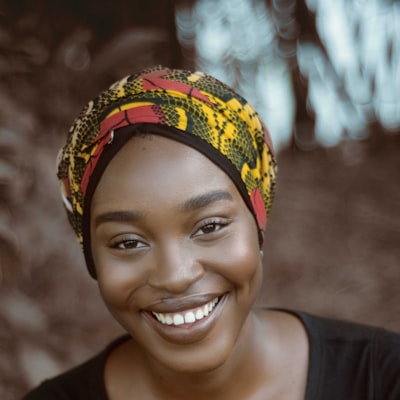In my previous article, I talked about the officetel, a decorative pole that is used to support structures such as pagodas, gazebos, or balconies in a variety of Asian different cultures. The goal of this second article is to highlight an often-ignored el

The best place to begin in examining the origins of the modern-day office building starts with the name itself. Officetel is derived from the Korean word meaning "high location". It was used in medieval Korea to denote high places and official structures, particularly in palaces and royal courts. The same is used to refer to the Seoul Central District Police Station as one of the largest police stations in the nation. Other examples of buildings that were once which are designated officetels include Baekdudaegan, Sangjoo, Haeundae and Cholsanjiuji All of them are situated in Seoul.
The history of the officetel is tied to the history of Seoul itself. Korea like many other ancient countries, has endured periods of isolation and internal colonization. Korea has developed distinct styles as time passed, due to the influence of European architectural styles, in addition to the European colonization of Korea and Japan's subsequent occupation. These styles are apparent in Seoul's architecture for residential purposes and include the Baekdudaegan Sangjoo as well as Cholsanjiuji Sangjoo that were all constructed from the 12th century.
As time has passed, the goal of modern office buildings has evolved. In the present it is believed that the Korean language refers to the contemporary version of the modern officetel which is often known as" Seoul in gaesu" or" Seoul mingyuk chaen." It is important to note however that the Korean government does not utilize the term mingyuk. Mingyuk is a term used by the government to mean privately-owned structures in Seoul that are rented for commercial or other purposes, or to serve the demands of the public.

The incorporation of officetel into Seoul's contemporary architectural style is among the most popular reasons for the modern officetel. Many hotels and inns use officetel to identify their facilities. Apartment buildings and offices employ the phrase "mingling" to signify their location as well as indicate directions. This is evidence that mingling is probably the most commonly utilized Korean word for the contemporary Korean administration building, which is the officetel in Seoul.
While the Korean government utilizes the term mingling define both commercial and residential buildings, the private sector has taken advantage of this terminology to differentiate their business from other similar businesses in the same region. Many business owners in South Korea employ the word "mingling" to describe their properties and buildings because real estate is a delicate issue. Since the majority of tourists visiting Seoul do not have the precise location of any property, which is the reason Mingling is so prevalent. Mingling permits homeowners to easily showcase their properties to potential buyers.
Due to the rise of the real property market in Seoul, the demand for Seoul mingling is expected to continuously rise in coming years. The business of mingling is expected to increase its profits over the next few years due to this. Furthermore, when it comes to the demographics of the city of Seoul It is anticipated that the influx of foreign residents is expected to continue to rise in future years. 포항op Therefore, the need for Seoul mingling may also increase.
Brokers involved in real estate transactions in Seoul need to be knowledgeable about Korean legal and ethical practices. In order to simplify the process for brokers to complete the transactions without breaking any laws in Korea, the Korean Ministry of Land Management has created the Real Estate Settlement Services (RES) division. RES is a branch established in 2021 with the intention of facilitating foreign investors' access to Korean real estate market. The office has processed more than 5 000 transactions. Because of the large number of happy clients of the RES, it is considered to be the main role model for brokers that deal with mingling and min-ondo apartments in Seoul.
